Home>Kitchen & Cooking>Kitchen Gadgets & Utensils>How Hot Can A Weber Kettle Get
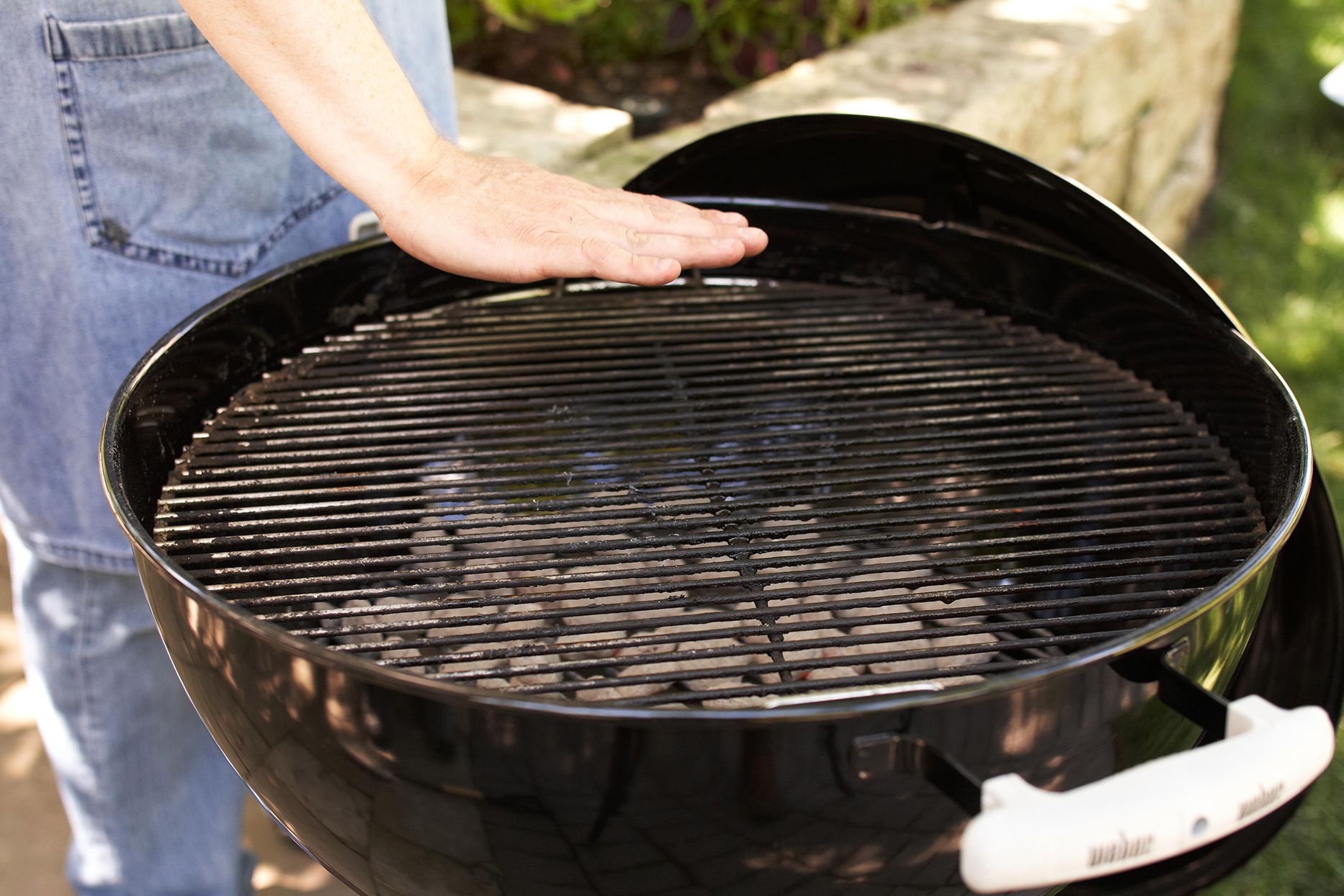

Kitchen Gadgets & Utensils
How Hot Can A Weber Kettle Get
Published: January 21, 2024
Discover the maximum heat output of a Weber Kettle and elevate your grilling game with essential kitchen gadgets and utensils. Uncover the secrets to achieving the perfect sear and flavor.
(Many of the links in this article redirect to a specific reviewed product. Your purchase of these products through affiliate links helps to generate commission for Storables.com, at no extra cost. Learn more)
Introduction
So, you've got your trusty Weber kettle and you're ready to fire it up for a sizzling barbecue session. But have you ever wondered just how hot your Weber kettle can get? Understanding the temperature capabilities of your grill is essential for achieving the perfect sear on a steak, the ideal char on vegetables, or the crispy crust on a pizza. In this article, we'll delve into the factors that influence the temperature of a Weber kettle, explore the tips and tricks for reaching high temperatures, and discuss important safety measures to keep in mind.
The Weber kettle is a timeless classic, beloved by backyard grill masters and barbecue enthusiasts alike. Its iconic design and reliable performance have made it a staple in outdoor cooking for decades. Whether you're a seasoned griller or just getting started, mastering the art of temperature control on a Weber kettle is key to elevating your culinary creations.
As we embark on this exploration of the Weber kettle's temperature range, we'll uncover the science behind heat management, uncover the secrets to achieving those coveted high temperatures, and ensure that you have the knowledge and confidence to wield your Weber kettle with finesse. So, grab your grilling tools, prepare your favorite ingredients, and let's unlock the potential of your Weber kettle as we uncover just how hot it can get.
Key Takeaways:
- Mastering the Weber kettle’s temperature dynamics empowers grillers to achieve perfect sears and succulent grilling. Understanding airflow, charcoal selection, and safety measures is key to high-temperature mastery.
- Embracing lump charcoal, strategic vent management, and safety precautions unlocks the Weber kettle’s potential for exceptional high-temperature grilling. Precision, passion, and safety are essential for sizzling culinary adventures.
Read more: How To Smoke With A Weber Kettle
Understanding the Weber Kettle
Before we dive into the specifics of temperature, it’s essential to grasp the fundamental design and functionality of the Weber kettle. At its core, the Weber kettle is a charcoal grill renowned for its simplicity and versatility. The iconic shape, with its domed lid and circular cooking grate, is not just a visual hallmark but a key element in its ability to reach high temperatures.
The Weber kettle’s design is engineered to optimize airflow, a crucial factor in achieving and maintaining high heat. The bottom vents, located near the base of the grill, allow for precise control over the intake of oxygen, which is essential for fueling the charcoal and sustaining a robust fire. Meanwhile, the adjustable top vents, situated on the lid, enable the release of heat and smoke, preventing the buildup of excessive internal temperature.
Furthermore, the materials used in the construction of the Weber kettle contribute to its thermal performance. The porcelain-enameled bowl and lid are adept at retaining and distributing heat evenly, fostering an ideal environment for high-temperature cooking. Understanding these design elements empowers grill enthusiasts to harness the full potential of the Weber kettle and achieve the desired heat levels for various culinary endeavors.
Moreover, the size of the Weber kettle can impact its temperature capabilities. While the standard 22-inch model is a popular choice for many, the larger 26-inch variant offers an expanded cooking area and increased air volume, which can influence the grill’s heat dynamics. Additionally, accessories such as charcoal baskets and diffuser plates can further augment the grill’s ability to reach and sustain high temperatures, providing grillers with valuable tools for heat management.
By comprehending the intricacies of the Weber kettle’s design, from its ventilation system to its construction materials, grill enthusiasts can develop a nuanced understanding of how these elements converge to influence the grill’s temperature range. This knowledge forms the foundation for optimizing the performance of the Weber kettle and embarking on culinary adventures that demand precision heat control.
Factors Affecting Temperature
Several factors play a pivotal role in determining the temperature range achievable with a Weber kettle. Understanding these variables is essential for fine-tuning the grill’s performance and harnessing its full potential. Let’s delve into the key factors that influence the temperature dynamics of the Weber kettle.
- Charcoal Type and Quantity: The type and amount of charcoal used significantly impact the grill’s temperature. Lump charcoal tends to burn hotter and faster than briquettes, offering a swift ascent to high temperatures. Conversely, briquettes, with their uniform shape and composition, provide a more controlled and sustained heat output. Experimenting with different charcoal types and quantities allows grillers to tailor the heat intensity to suit their specific cooking needs.
- Airflow Management: Efficient airflow management is paramount for regulating temperature. The bottom vents, when adjusted, govern the inflow of oxygen, influencing the combustion rate of the charcoal. Meanwhile, the top vents serve to release heat and smoke, preventing overheating. Mastering the art of airflow control empowers grillers to manipulate the temperature within the Weber kettle with precision.
- External Conditions: Environmental factors, such as ambient temperature and wind, can impact the grill’s heat retention and overall performance. Grilling on a windy day may necessitate adjustments to the vent settings to counteract the effects of air movement, while colder external temperatures may demand slightly longer preheating periods to achieve desired heat levels.
- Cooking Surface Proximity: The distance between the charcoal bed and the cooking grate influences the intensity of the heat reaching the food. Lowering the cooking grate closer to the charcoal bed can result in higher temperatures, ideal for achieving a perfect sear on steaks or imparting a charred finish to vegetables.
- Use of Accessories: Employing accessories such as charcoal baskets, diffuser plates, or heat deflectors can augment the grill’s temperature control capabilities. These accessories facilitate indirect cooking, heat deflection, and enhanced airflow management, enabling grillers to expand the range of culinary techniques achievable with the Weber kettle.
By recognizing and adapting to these influential factors, grill enthusiasts can effectively manipulate the temperature of the Weber kettle, unlocking a spectrum of cooking possibilities. The interplay of charcoal selection, airflow management, environmental considerations, and strategic use of accessories empowers grillers to orchestrate the perfect heat environment for their culinary creations.
To achieve the highest temperature on a Weber kettle, use a chimney starter to preheat the charcoal before adding it to the grill. This will help the grill reach temperatures of 500-700°F for high-heat cooking.
Tips for Reaching High Temperatures
While the Weber kettle is renowned for its versatility, achieving and maintaining high temperatures for searing, grilling, and achieving the perfect char requires a strategic approach. Here are some expert tips to elevate the heat output of your Weber kettle and unlock its full potential:
- Use Lump Charcoal: Opt for lump charcoal, known for its rapid and intense burn, to swiftly elevate the grill’s temperature. The irregular shapes and natural composition of lump charcoal facilitate exceptional airflow and high heat production, ideal for achieving those coveted sear marks on steaks and imparting a smoky depth to grilled delicacies.
- Minimize Vent Restriction: When aiming for high temperatures, ensure that the bottom vents are fully open to maximize oxygen intake. Unrestricted airflow fuels the combustion process, promoting vigorous heat generation within the grill. Additionally, the top vents should be adjusted to release excess heat and prevent the accumulation of smoke, allowing for efficient temperature management.
- Preheat Adequately: Allowing ample time for preheating is crucial for reaching and stabilizing high temperatures. Prior to cooking, ensure that the charcoal is well lit and has achieved a uniform ash-gray appearance. This indicates thorough ignition and optimal heat output, laying the foundation for successful high-temperature grilling.
- Arrange Charcoal Strategically: Consider employing a two-zone fire setup to concentrate heat for searing while maintaining a cooler zone for indirect cooking. By arranging the charcoal to create distinct heat zones within the grill, grillers can capitalize on the intense heat for caramelizing surfaces while preserving the tenderness of meats through gentle, indirect heat application.
- Utilize Chimney Starters: Chimney starters offer a convenient and efficient method for igniting charcoal, promoting uniform heat distribution and rapid temperature elevation. By using a chimney starter, grillers can ensure consistent ignition of the charcoal, laying the groundwork for achieving and sustaining high temperatures throughout the grilling session.
- Monitor and Adjust: Regularly monitor the grill’s temperature using a reliable thermometer, making incremental adjustments to the vent settings as needed. Fine-tuning the airflow based on temperature readings enables precise heat control, allowing grillers to maintain the desired high temperatures for optimal cooking results.
By implementing these tips, grill enthusiasts can harness the full heat potential of the Weber kettle, transforming it into a high-temperature powerhouse capable of delivering exceptional sears, succulent grilling, and tantalizing charred flavors. With a strategic approach to charcoal selection, airflow management, and preheating techniques, the Weber kettle becomes a formidable ally in the pursuit of culinary excellence.
Safety Measures
While the quest for high temperatures and culinary perfection is exhilarating, it’s crucial to prioritize safety when operating a Weber kettle. Implementing appropriate safety measures ensures not only the well-being of the grillers but also the longevity and optimal performance of the grill itself. Here are essential safety guidelines to uphold when seeking to maximize the heat output of your Weber kettle:
- Fire Safety Awareness: Before igniting the charcoal, ensure that the grill is positioned on a stable, non-flammable surface with ample clearance from combustible materials. Additionally, have a fire extinguisher or a suitable fire suppression device readily accessible in the event of an unexpected flare-up.
- Heat-Resistant Gear: When handling the grill or adjusting vents during high-temperature cooking, use heat-resistant gloves to protect your hands from burns or discomfort. These specialized gloves offer insulation against the intense heat, allowing for safe and confident manipulation of the grill’s components.
- Proper Ventilation: Grilling in a well-ventilated outdoor area is essential for dissipating smoke and preventing the accumulation of carbon monoxide. Adequate ventilation minimizes the risk of exposure to harmful gases and ensures a safe and enjoyable grilling environment for both the grillers and their guests.
- Charcoal Handling: Exercise caution when handling and disposing of hot charcoal. Use long-handled tongs or a specialized tool to maneuver the charcoal, minimizing the risk of accidental contact and burns. After grilling, allow the charcoal to cool completely before disposing of it in a designated non-combustible container.
- Child and Pet Safety: Keep children and pets at a safe distance from the grill during high-temperature cooking. Establish a designated perimeter around the grill to prevent accidental contact or proximity to the intense heat, ensuring a secure and worry-free grilling experience for all.
- Grill Maintenance: Regularly inspect and maintain the Weber kettle to uphold its safety and performance. Check for any signs of wear, corrosion, or component damage, and promptly address any issues to prevent potential hazards during operation. Additionally, adhere to the manufacturer’s guidelines for assembly, usage, and maintenance to safeguard the integrity of the grill.
By conscientiously adhering to these safety measures, grill enthusiasts can cultivate a secure and responsible grilling environment while pursuing the pinnacle of heat performance with their Weber kettle. Prioritizing fire safety awareness, employing protective gear, ensuring proper ventilation, and exercising caution in charcoal handling collectively contribute to a safe and enjoyable grilling experience for all involved.
Read more: How To Smoke A Brisket On A Weber Kettle
Conclusion
As we conclude our exploration of the Weber kettle’s temperature capabilities, it’s evident that mastering the art of high-temperature grilling is a multifaceted endeavor that blends science, technique, and a reverence for safety. The Weber kettle, with its iconic design and versatile functionality, stands as a stalwart companion for grill enthusiasts seeking to unleash the full spectrum of heat for their culinary pursuits.
Understanding the interplay of factors that influence temperature, from charcoal selection to airflow management, empowers grillers to orchestrate the perfect heat environment within the Weber kettle. By embracing the tips and techniques for reaching high temperatures, grillers can harness the full potential of their grills, transforming them into high-heat powerhouses capable of delivering exceptional sears, succulent grilling, and tantalizing charred flavors.
However, amidst the quest for culinary excellence, safety remains paramount. Adhering to essential safety measures ensures not only the well-being of the grillers and their guests but also the longevity and optimal performance of the grill itself. By integrating fire safety awareness, protective gear usage, proper ventilation, and responsible grill maintenance into their grilling rituals, enthusiasts can cultivate a secure and enjoyable environment for their high-temperature adventures.
So, as you prepare to ignite the charcoal and embark on your next grilling escapade, armed with the knowledge of the Weber kettle’s temperature dynamics and the expertise to wield its heat with finesse, remember that the journey toward high-temperature mastery is as much about precision as it is about passion. With each sizzle, sear, and savory aroma that emanates from your Weber kettle, may you savor the fusion of heat, flavor, and creativity that defines the art of grilling.
In the realm of outdoor cooking, the Weber kettle stands as an enduring symbol of tradition, innovation, and culinary ingenuity. As you stoke the flames and savor the fruits of your high-temperature endeavors, may the Weber kettle continue to kindle the flames of inspiration and elevate your grilling experiences to new, scorching heights.
Frequently Asked Questions about How Hot Can A Weber Kettle Get
Was this page helpful?
At Storables.com, we guarantee accurate and reliable information. Our content, validated by Expert Board Contributors, is crafted following stringent Editorial Policies. We're committed to providing you with well-researched, expert-backed insights for all your informational needs.
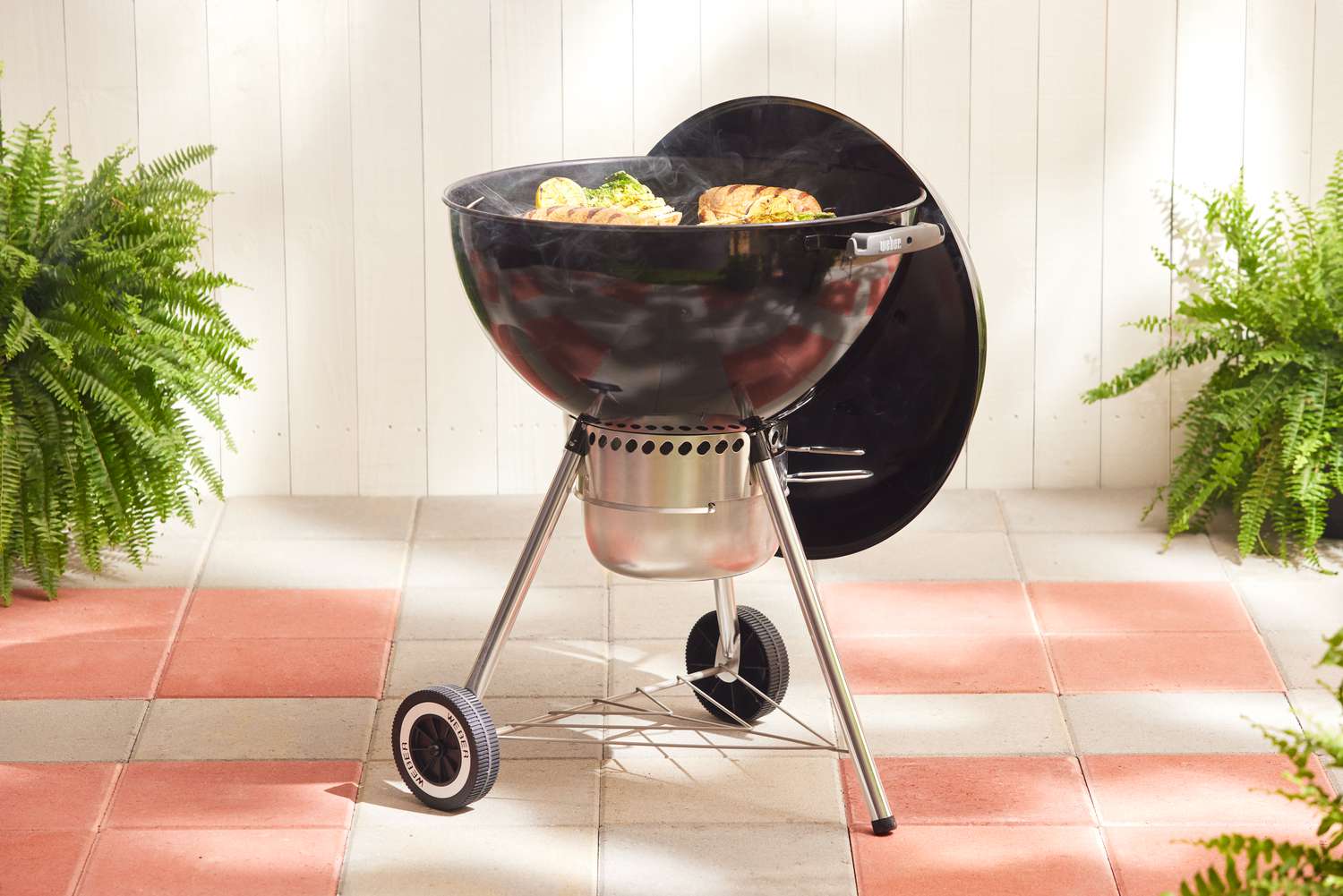
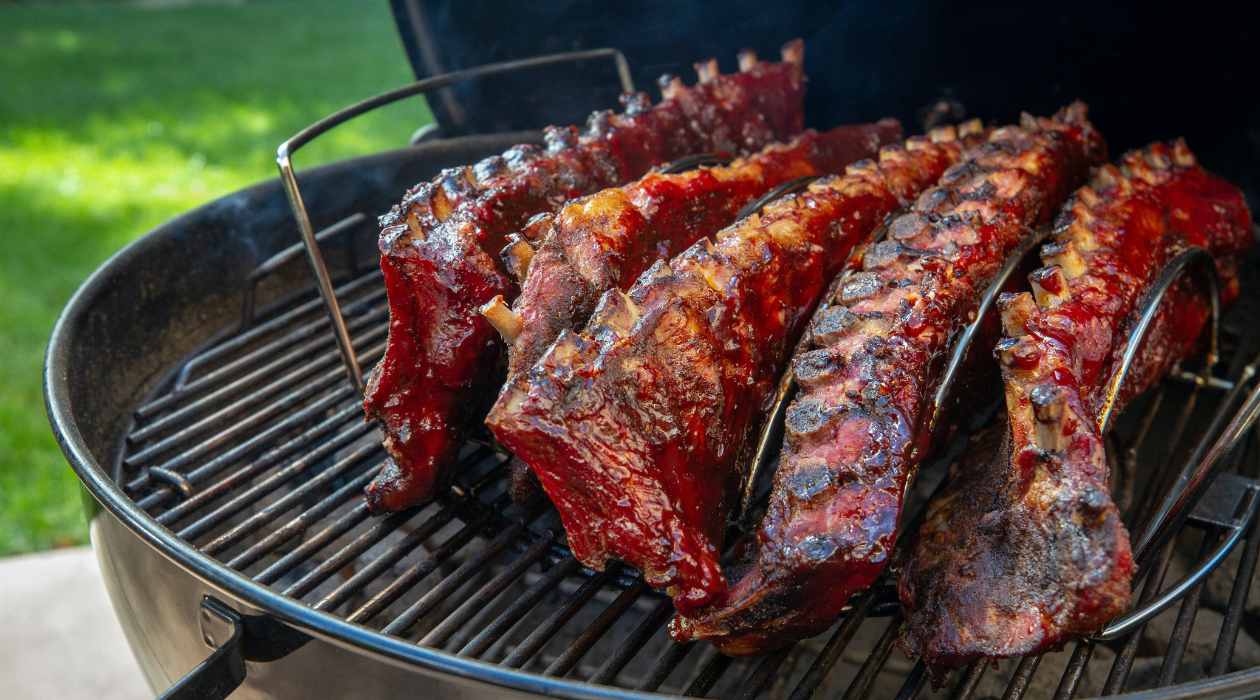
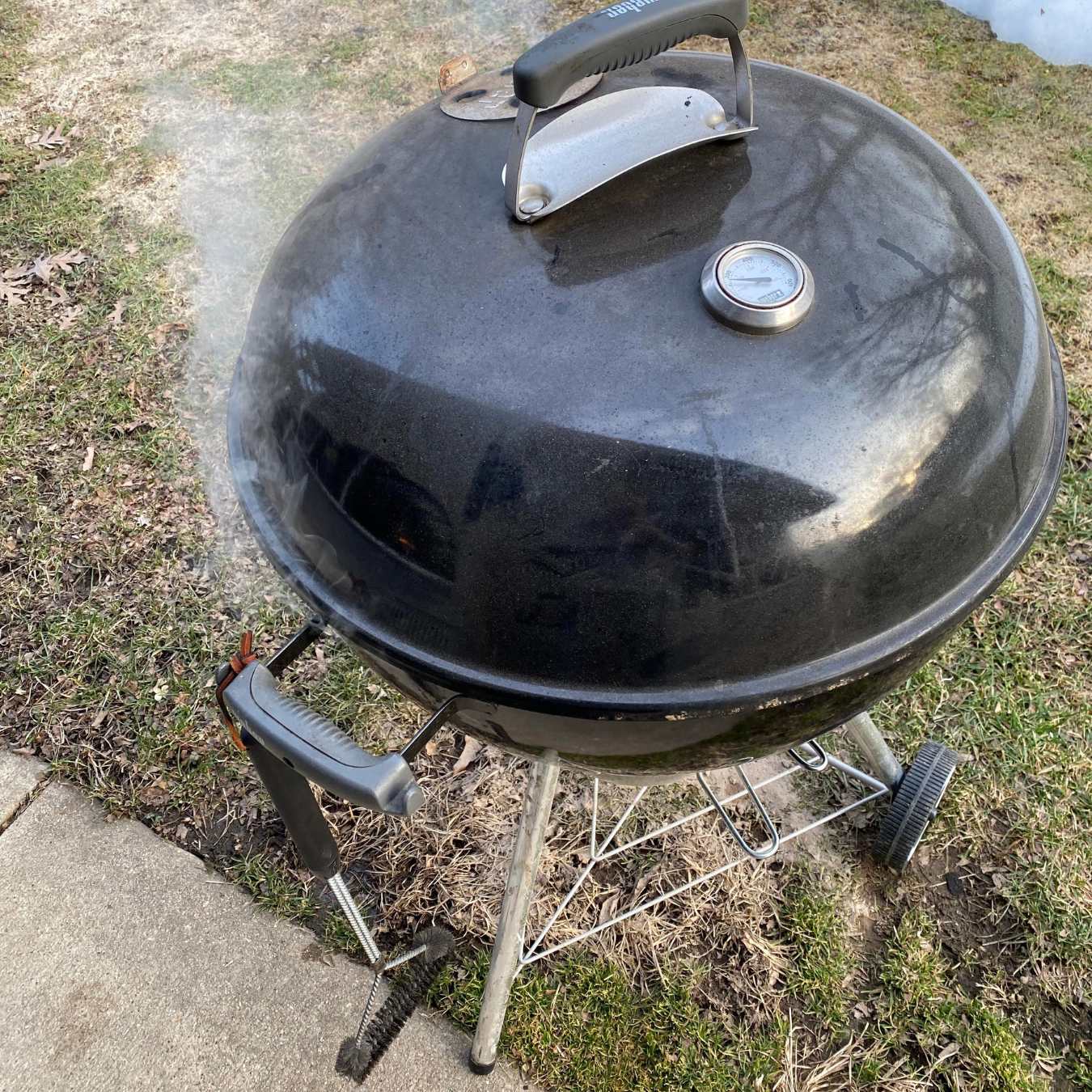

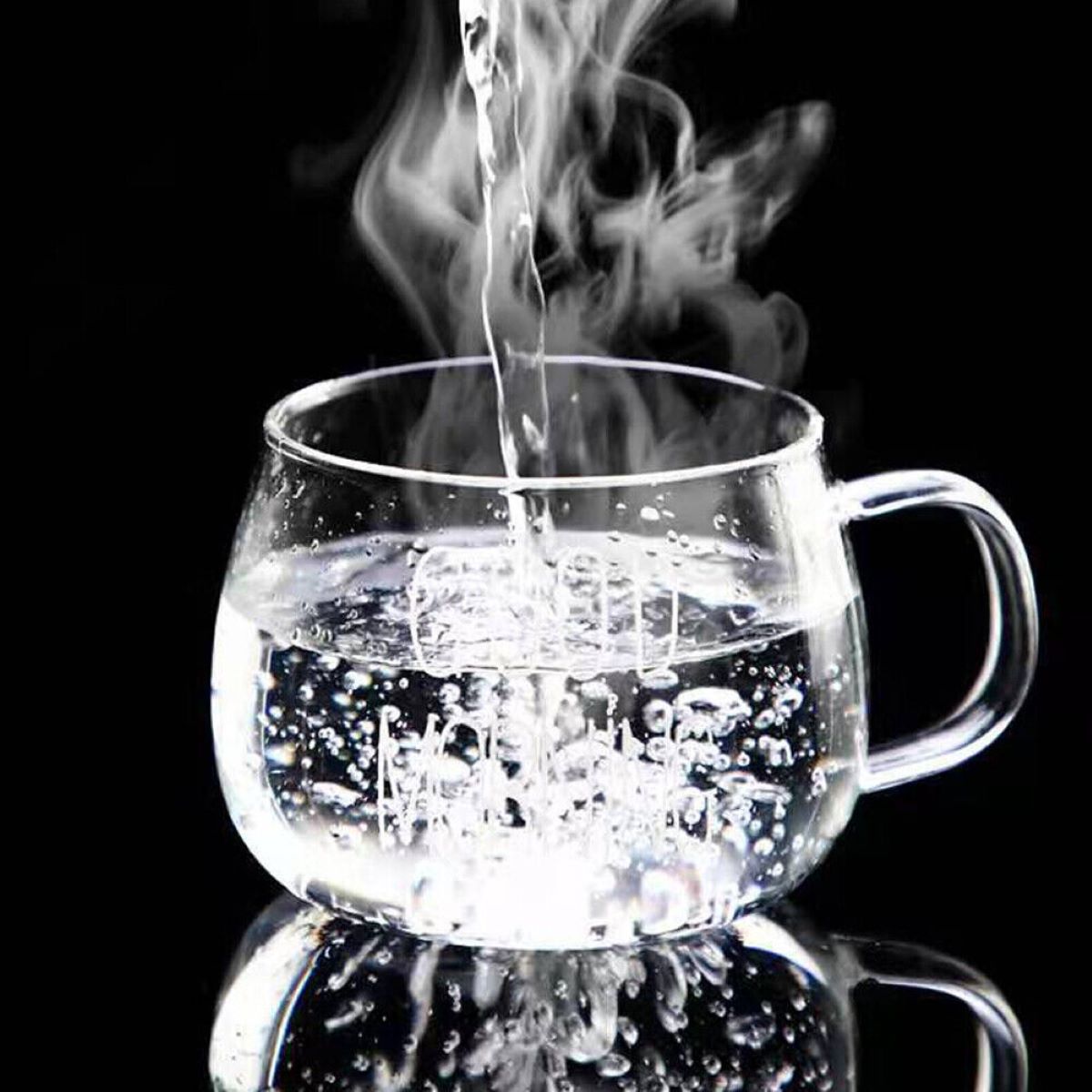
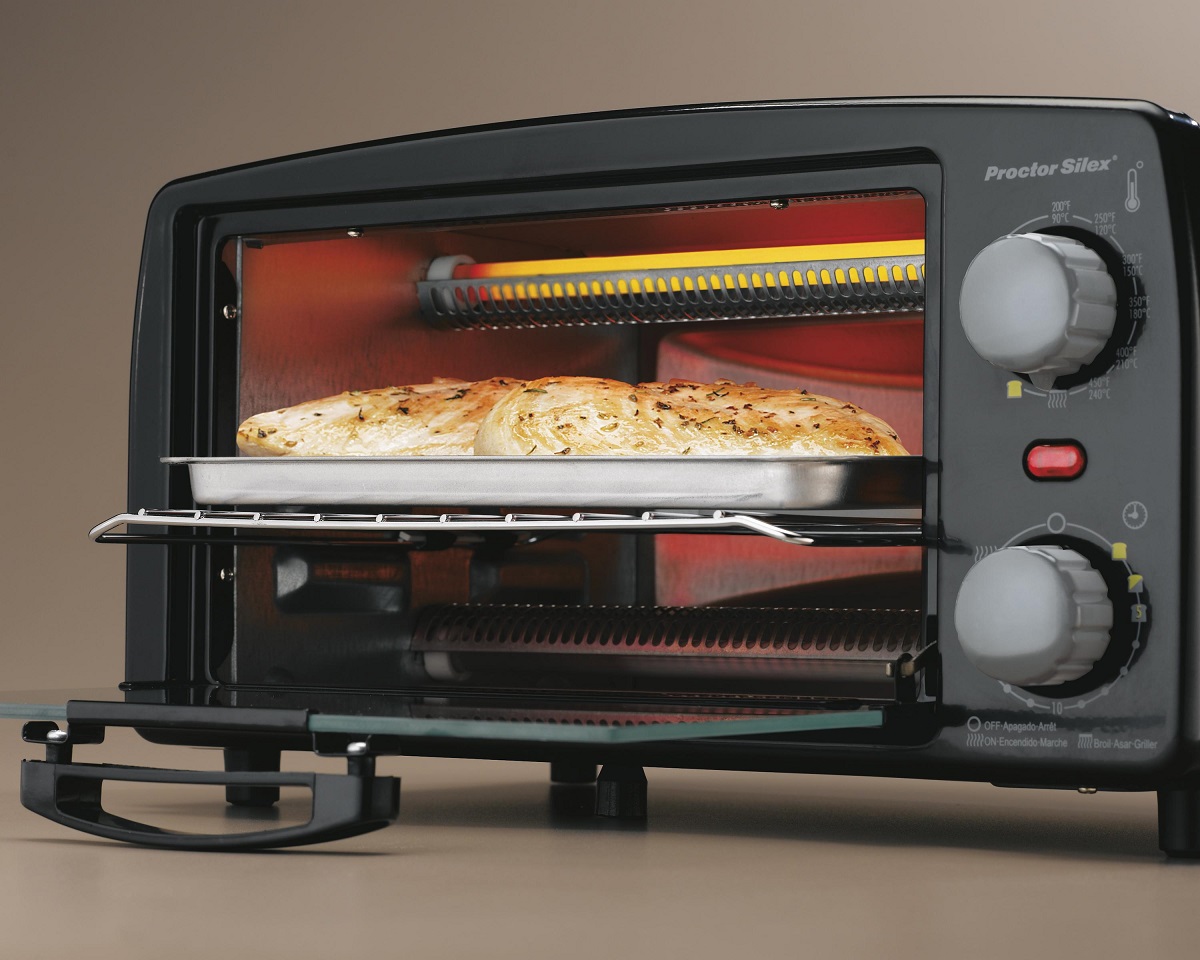
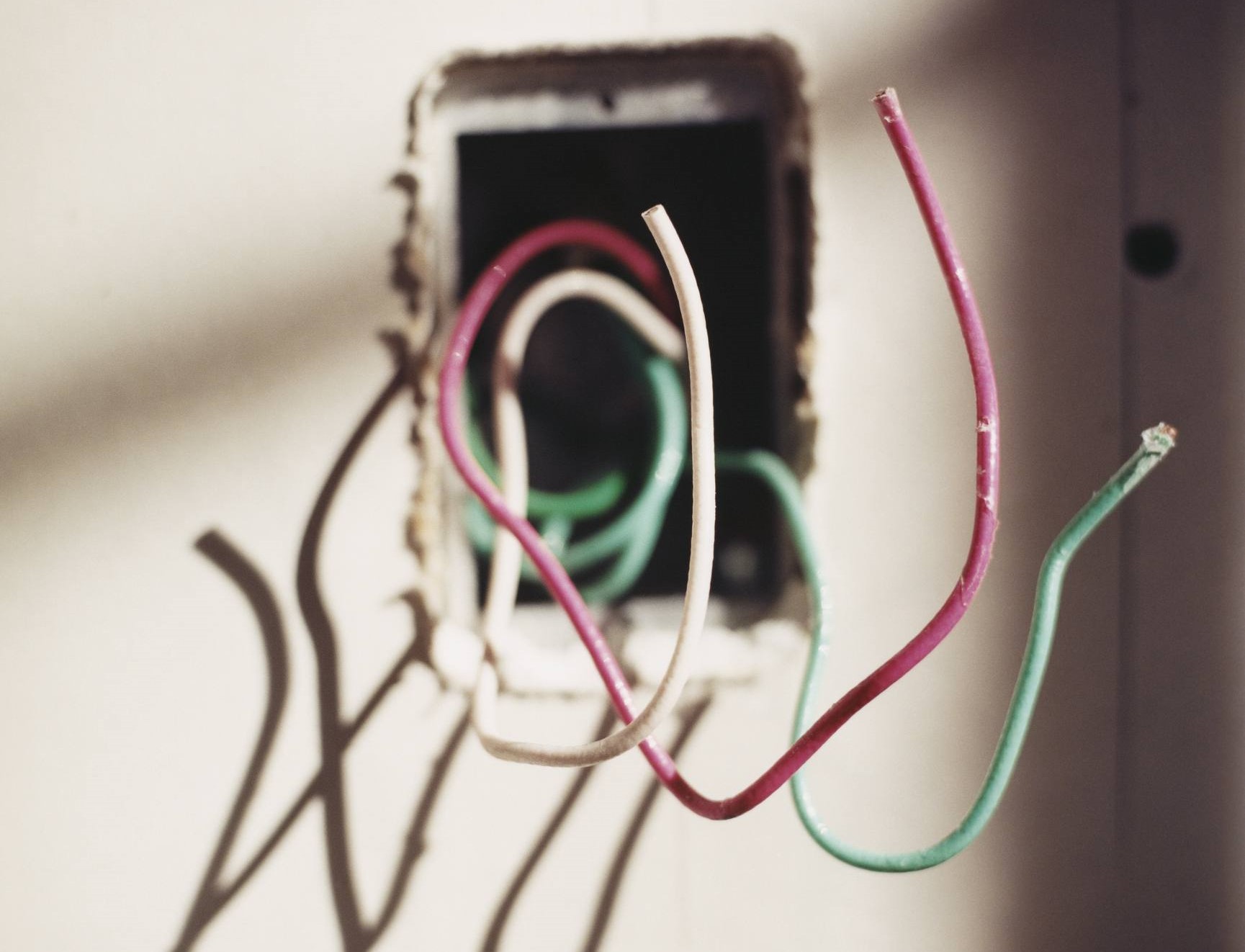
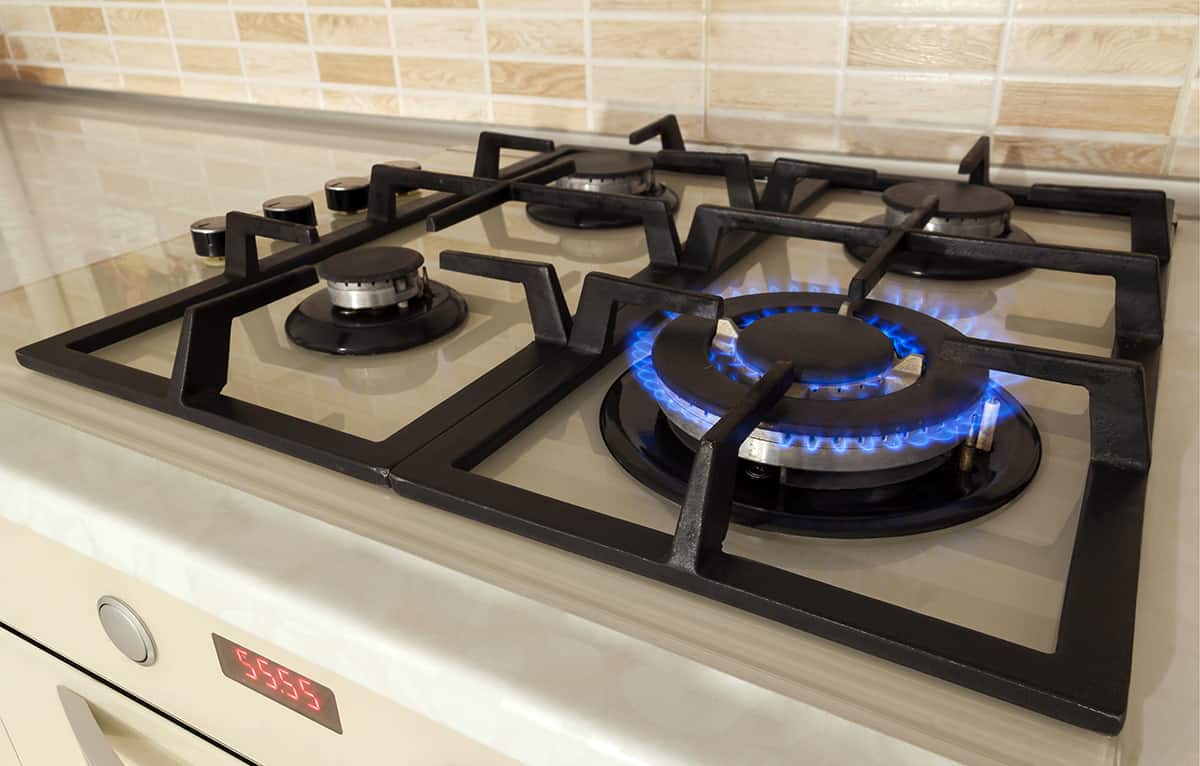
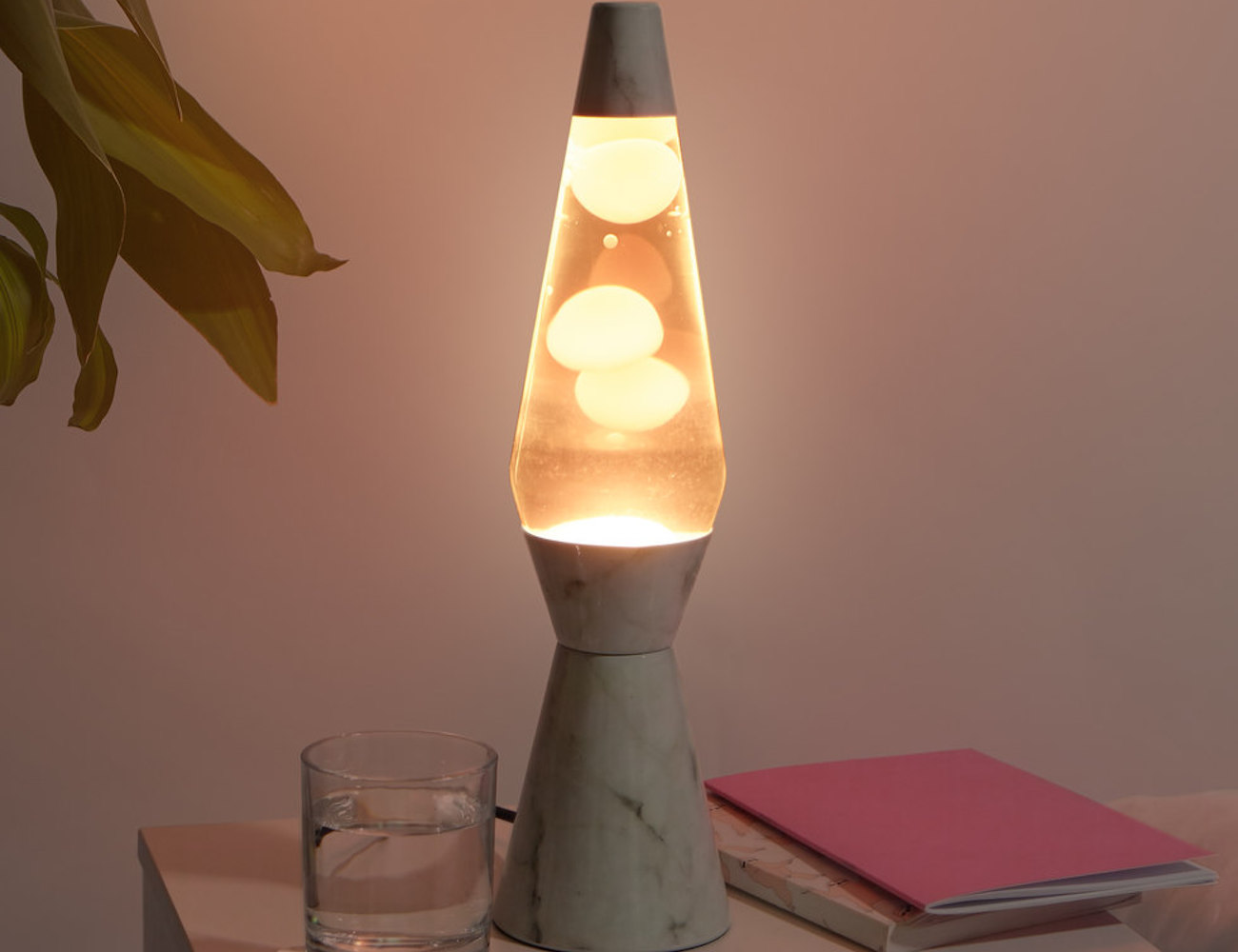
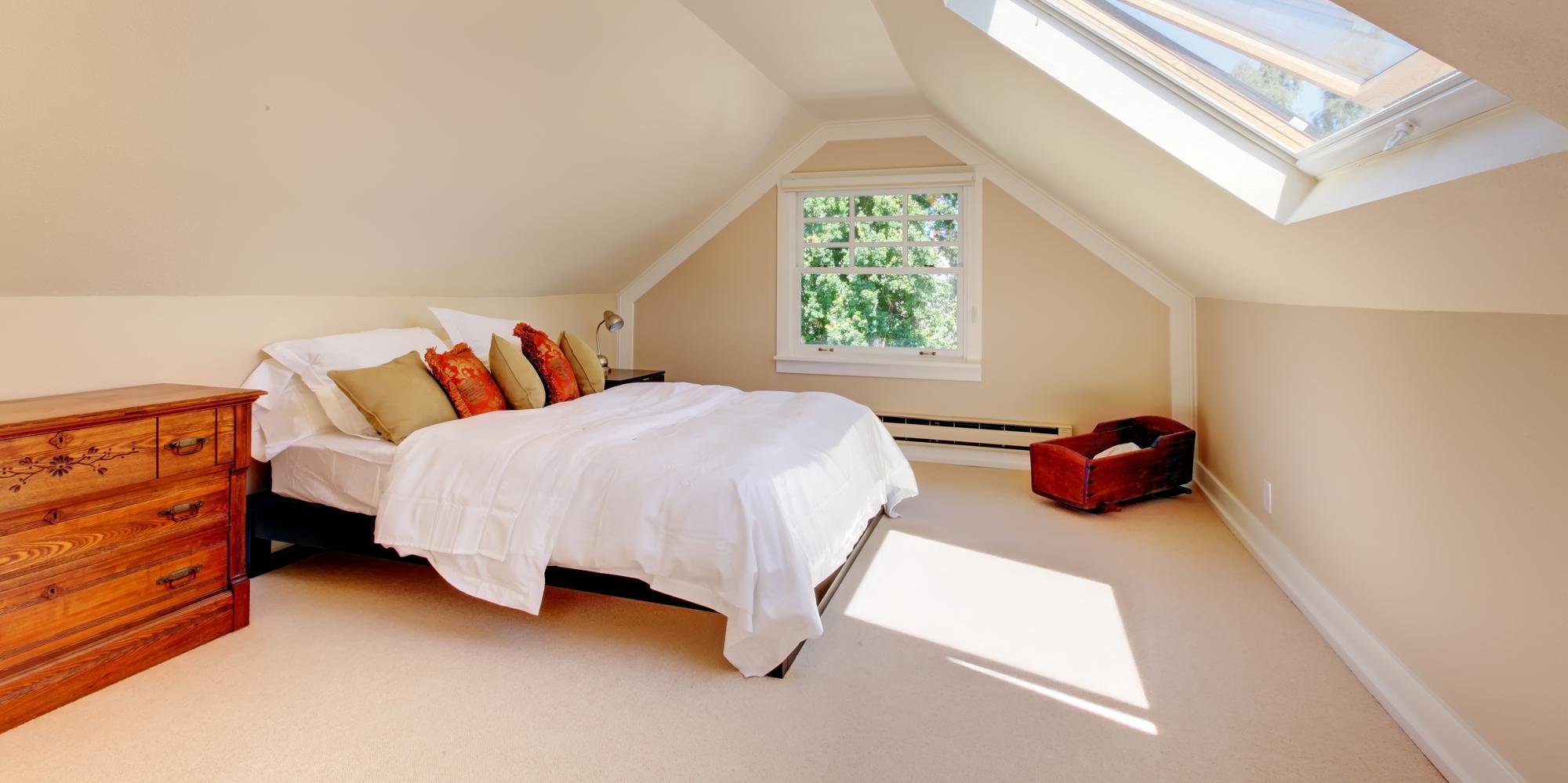
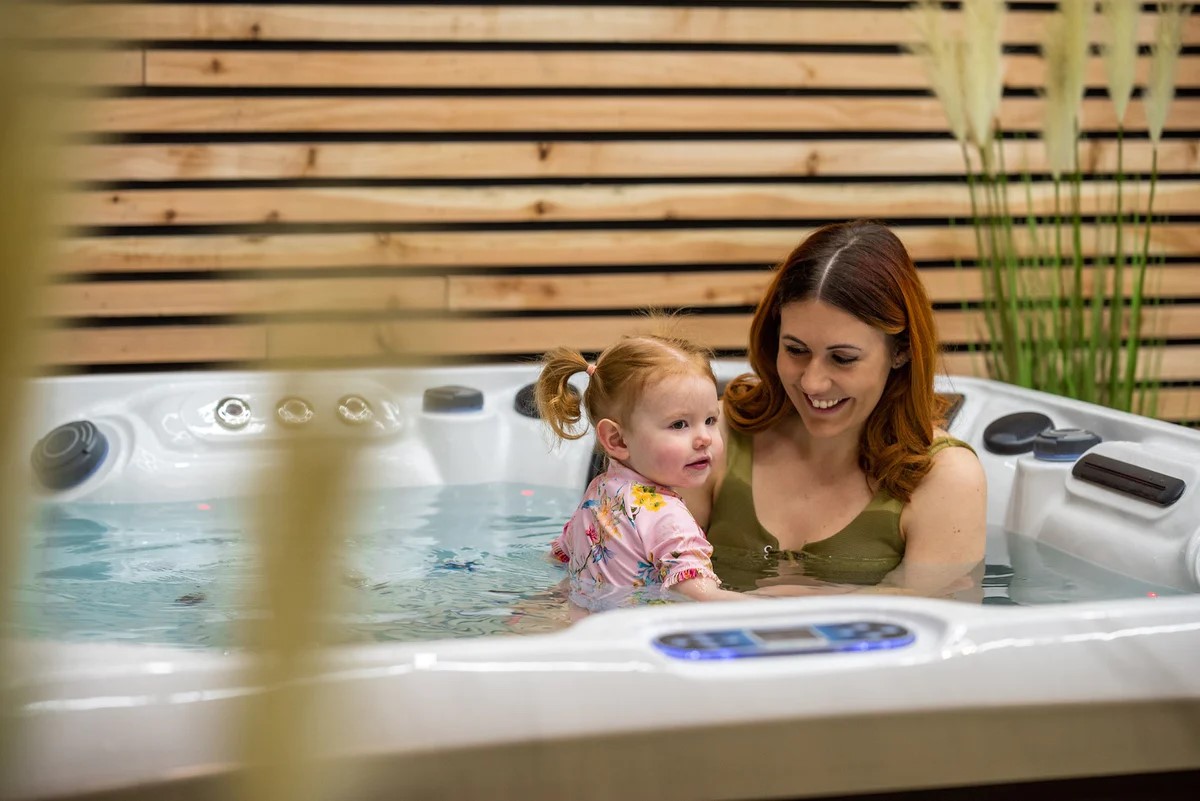
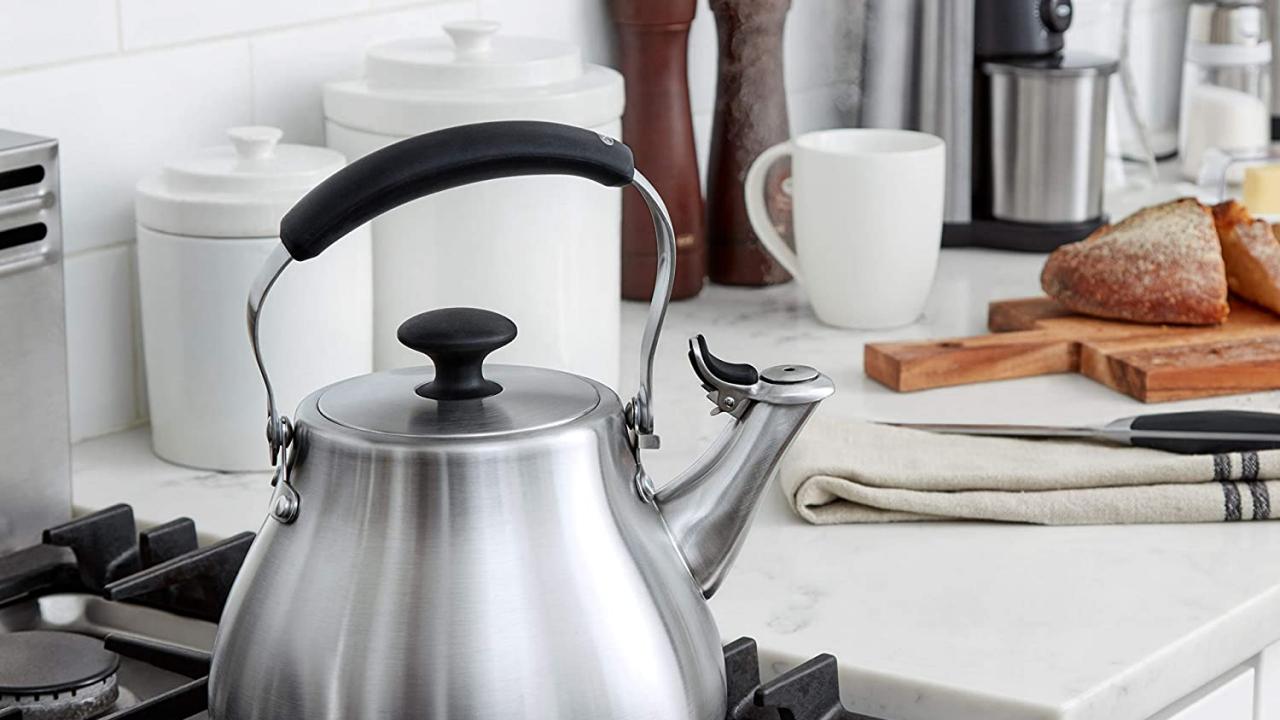
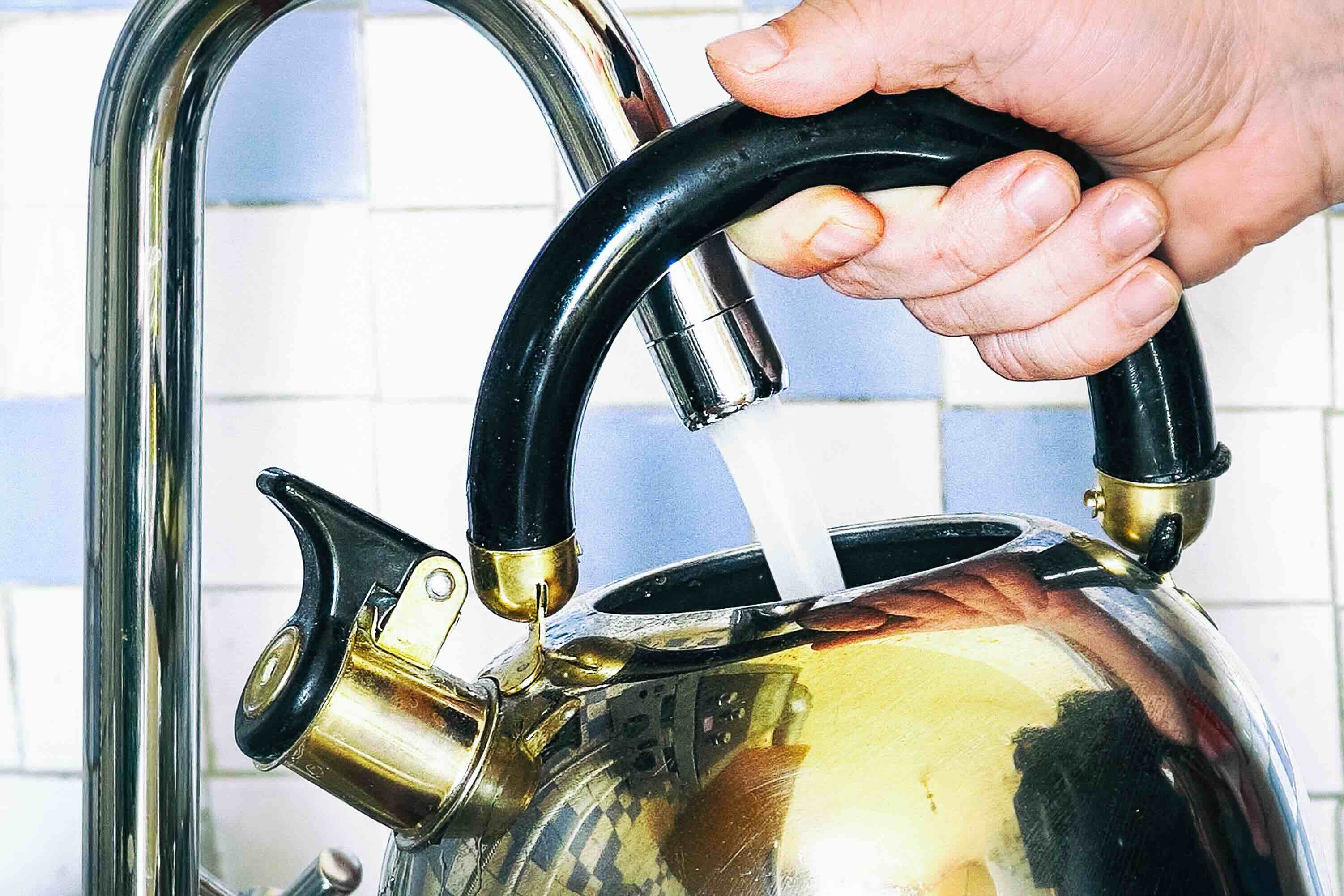
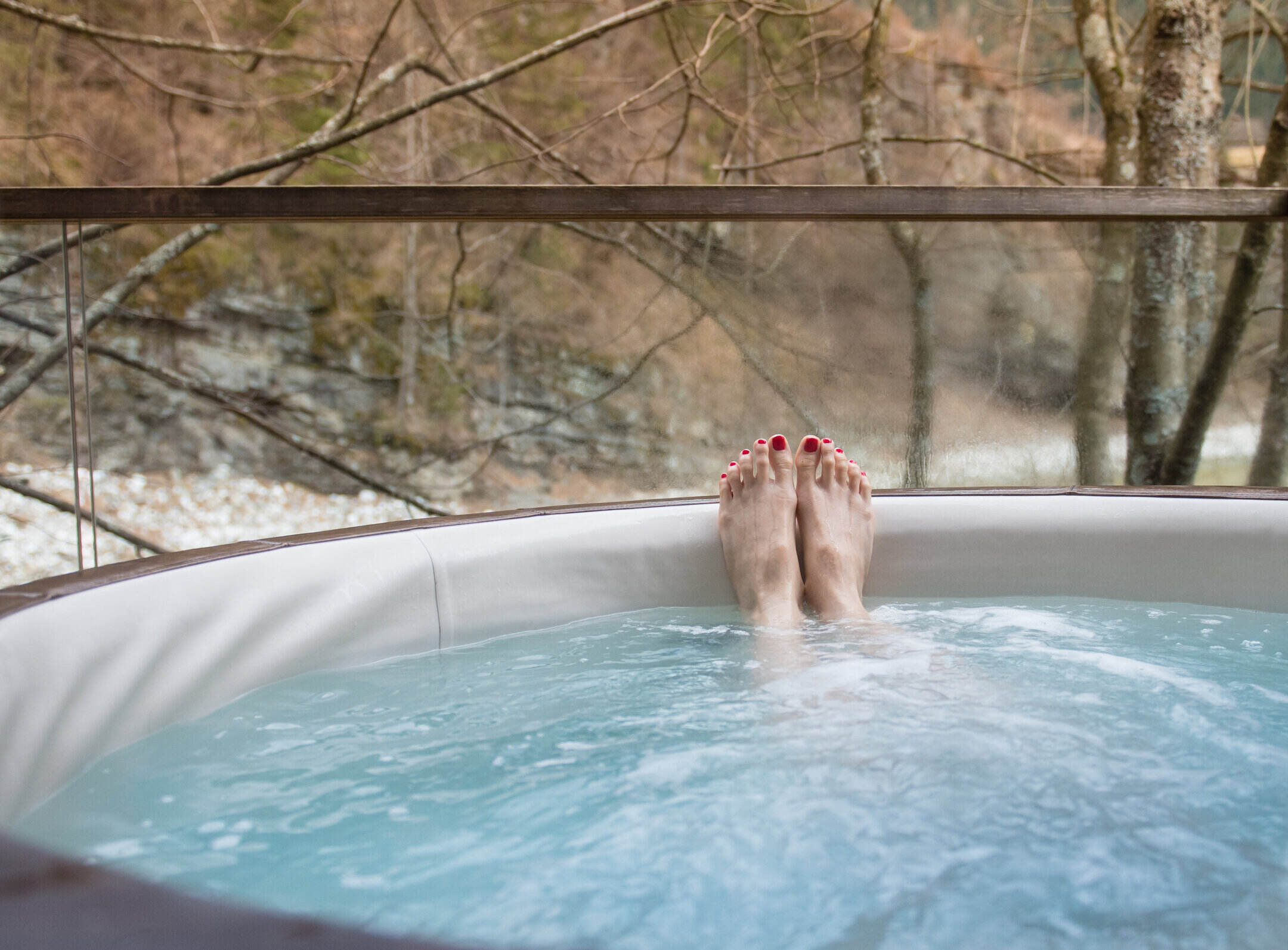

0 thoughts on “How Hot Can A Weber Kettle Get”